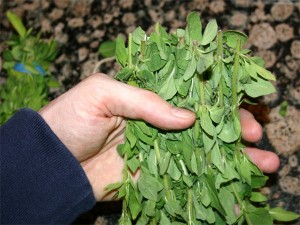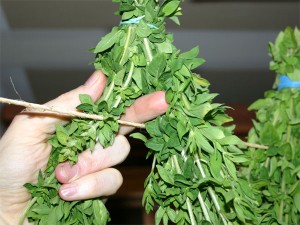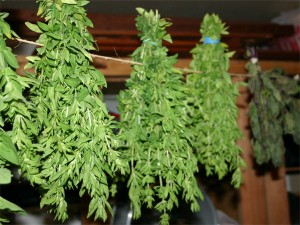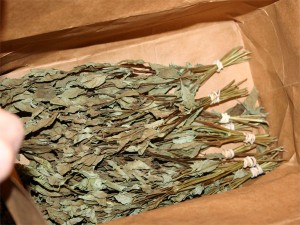My wife thought that I was crazy taking a picture of ripe strawberries! She asked “What do you think you’re doing?” and I replied that I was going to make a short note for my blog regarding how to tell if you’ve found ripe strawberries. She laughed, “Everyone knows how to pick out fresh strawberries – you smell them.” I said, “See, that’s why I’m going to make this post.”
You might ask, what qualifies me to know how to pick out a ripe strawberry? Well, it was the open invitation that I had regarding eating all the strawberries that I wanted on a U-pick strawberry farm when I was 18 and 19. You see, when you spend the entire day eating strawberries – and if you don’t pick the ripest ones, well, let’s simply say that you’re reminded about it when they leave your body! Leave your body raw, that is. Ouch. It’s not a pretty site.
Needless to say I asked the farmer and learned how to pick ripe berries every time. And the exiting problem no longer existed yet my desire to consume berries continued.
Most people think that you know when a strawberry is ripe if you smell it. Well, that’s just not the case. The smell gets stronger as the berries get riper, but it’s hard to tell what the ripe smell really is. The stores can take advantage of this by placing out fragrant strawberries that trick you into thinking they are ripe. Everyone smells their produce, right? I mean, that’s the key when picking melons. But not Strawberries.
Unripe strawberry:

There are visual clues that differentiate ripe strawberries from non-ripe ones. The key most important visual is the color under the crown of the berry. The picture above shows a collection of strawberries that I picked up a month or so ago and I’ve cut off the crown.
Now, notice how white it is. This is a sure sign that the berry was picked ‘green’. Also, when you cut it in ½ from top to tip – so as to expose the ‘core’ of the berry, that core will be white and hard.
Some ripe strawberries:
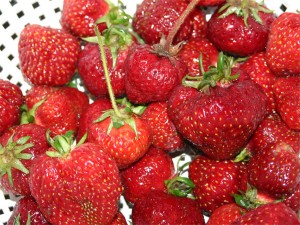
Notice with this collection of berries the fruit just under the crown (flower peddles) are orange-red. This is a really good sign.
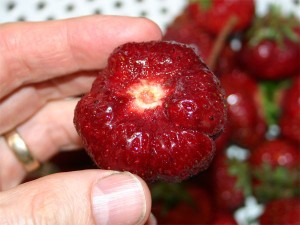
If you look closer, the removing of the top also gives off subtle clues as to the ripeness of the berry. In this case, the crown twisted off with very little resistance. This is how the plant tells you that the fruit is ready to eat – it’s willing to give up the fruit freely. The top should pull away clean as in the above picture.
The seeds also provide a clue. Ripe berries have red seeds, whereas orange berries indicate that the fruit is not quite ripe yet.
You may notice that there is a little white; it appears that this particular berry could have stayed in the sun one more day.
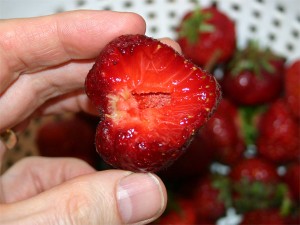
Now here is that same berry after taking a bite to expose the core. As it turns out, the core ended up on my mouth but it was soft – indicating that the berry was ripe. Also notice the area around the top of the berry that in the previous picture appeared white, well here, we do not see any unripe berry. What we see is the veins that lead to the seeds and what the plant used to nourish the berry.
So, to review:
- The berries should smell good
- There should be no white around the top
- The crowns should come off effortlessly
- The core should be red – or the berry color
- Seeds should be red – not orange
One more thing to add; the sweetness of the berry really depends on the amount of sun the plant receives while the berries are ripening. If you’ve every grown berries, you’ve probably noticed that berries that ripen after 3 or 4 days of intense sunlight blow away berries that ripen in the rain! The plant is going to offer up whatever it can and it will do its best with the weather conditions it’s given.
If all else fails, just buy strawberries from your local farmer’s market when they are in season. Plan your shopping day to coincide with the picking that happens after a few really nice sunny days.
Happy pickin’!

